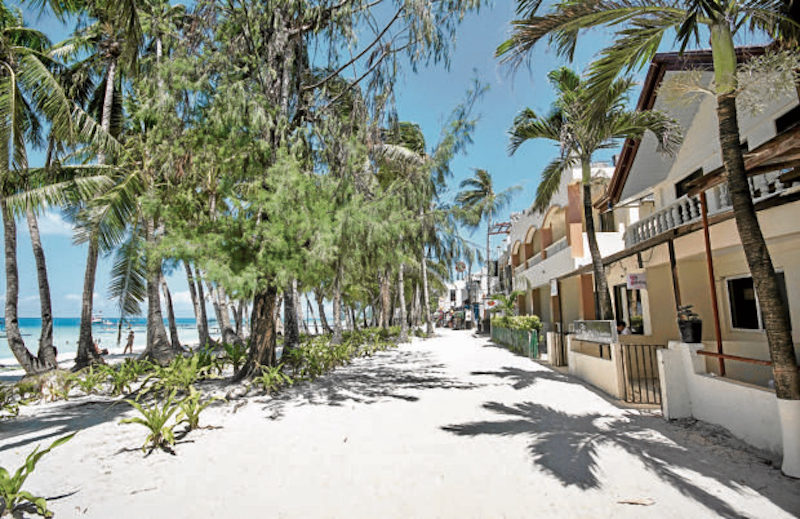On the morning of Nov. 24, personnel from the Department of Environment and Natural Resources (DENR) and the National Bureau of Investigation (NBI) raided homes in Mount Luho, Boracay and arrested residents for allegedly occupying forestland. Among those arrested were six Filipinos and several foreign nationals.
According to a report by the Boracay Sun News, the arrested individuals were piled into two white vans—with no masks or face shields offered, and no social distancing protocols observed. Witnesses were warned against taking videos, while requests to see arrest warrants were ignored.
In the wake of the arrests, several residents have begun moving out of their homes as the DENR continues to issue orders for them to vacate and dismantle their properties. As of writing, Boracay’s authorities have not announced relocation plans.
Officials who conducted the arrests claimed that the vacate orders were given to residents and property owners in April 2018, two weeks before the island’s closure for clean-up. They said the order was based on Presidential Proclamation No. 1064, which categorizes 628.96 hectares in the island as alienable and disposable land, with the rest classified as forestland and protected areas.
Longtime residents and investors, however, condemned the arrests.
One investor noted that their lawyer had responded to the vacate order with a letter and the pertinent documents and permits attached.
Additionally, the investor sent in an application for Forest Land Use Agreement for Tourism Purposes (FLAgT) and paid an entry fee of P100,000 back in 2009. So far, there has been no response from the agencies concerned.
Residents who received the vacate orders said that there was no response either to their appeals to the Community Environment and Natural Resources Office (CENRO) or the documents indicating their tax declarations and building permits.

One longtime resident, Leonae Graf, added that the residents in the area were either “less fortunate locals living in huts, or people holding tax declarations dating back to the 1940s.”
“(M)any houses in this neighborhood were built in good faith,” one of Graf’s Instagram posts read. “Both the homeowners and the assessors/authority figures completed the paperwork (on) the understanding that everything was done legally and in a correct manner.”
Header photo by Jack Jarilla for Inquirer.net
Get more stories like this by subscribing to our weekly newsletter here.
Read more:
Rights rundown: What you can and refuse to do when facing arrest